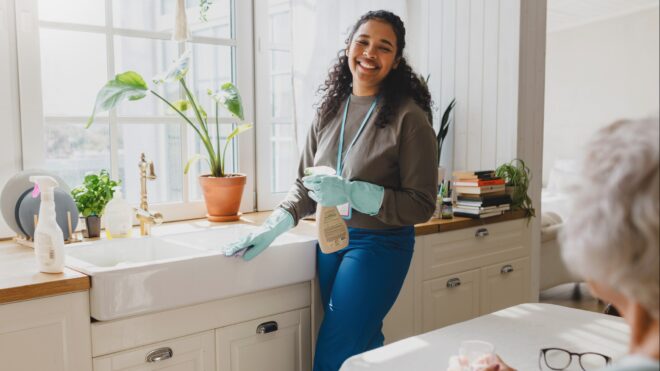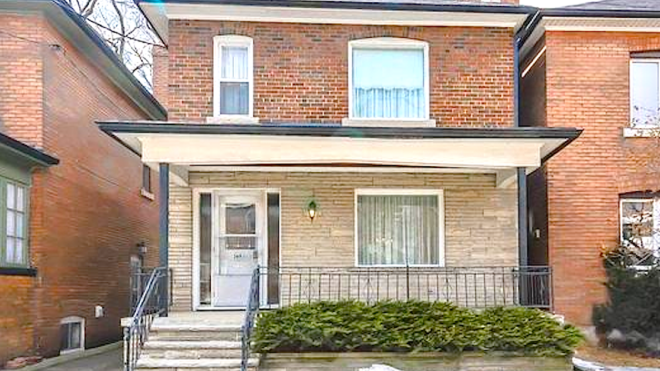Humans really like two things: comfort and order. And that means that we like to live in orderly, comfortable places. We like our outdoor space, but only if it's neatly squared off and tame. In other words, the suburbs.
Suburbs are great places to live. They have the convenience of a city but the open space and privacy of the country — but sometimes, they can make us a little stir-crazy.
It's why so many people like to try and bring some of nature's wild beauty into their yards, even in small ways like with this adorable DIY teacup bird feeder.
That's how Instructables user truwebs feels. On his breakdown of how to make an average suburban backyard more habitable for some wildlife friends, he writes:
"In today's development of new suburban neighborhoods, the practice and philosophy seems to be…
- Clear-cut all trees and vegetation.
- Build large homes on postage-stamp-sized lots.
- Plant a few ornamental trees, shrubs, grasses, and flowers.
- Travel long distances to State and National Parks to see wildlife.”
And to be fair, he kind of has a point. Suburbs have a way of encroaching upon nature and displacing all sorts of wildlife, which makes our slices of domestic heaven a little bittersweet.
But there's a way to remedy that, and truwebs has created the perfect tutorial for creating a backyard wildlife safe haven.
Continue reading below to learn how to provide a safe and comfortable backyard for visiting creatures, big and small!
How Can I Make My Yard More Animal-Friendly?
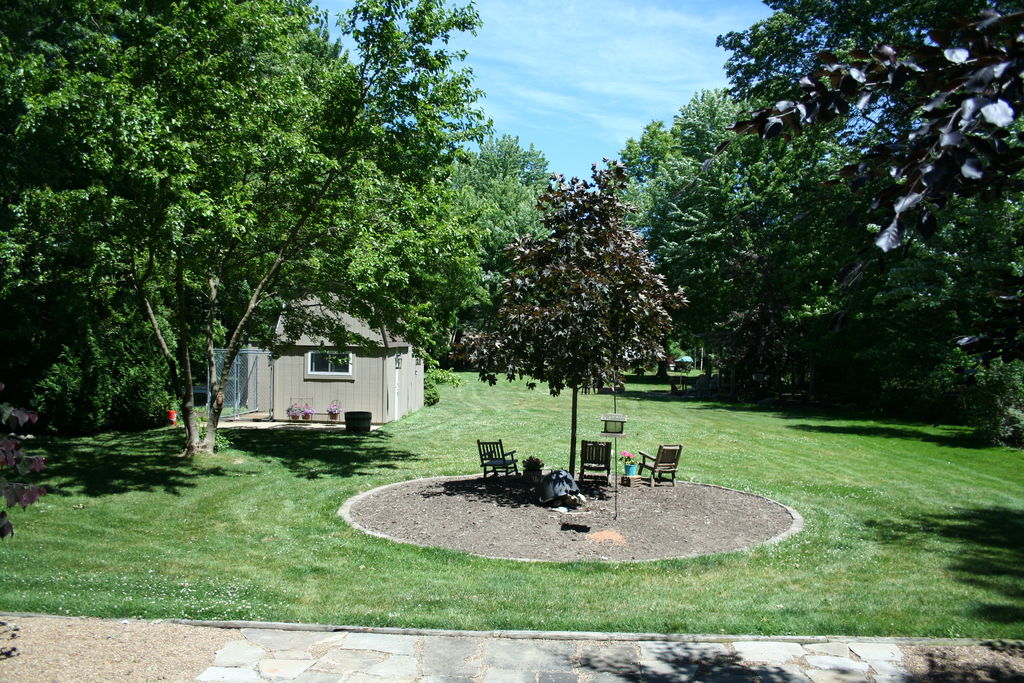
To create a yard that animals like to visit, truwebs first suggests taking inventory of what your yard has.
Your yard doesn't have to be super-large, first of all, because there are plenty of tiny creatures who need love, too!
However, it has to have the following:
- Food.
- Water.
- Shelter.
- Places to raise young.
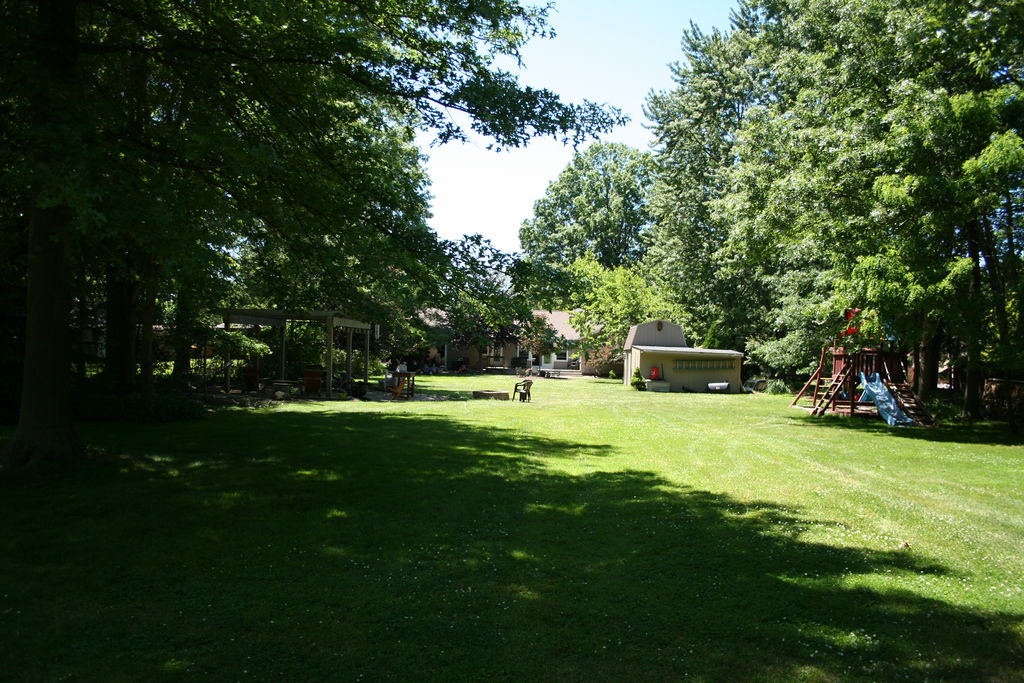
Truwebs' backyard is a pretty average suburban yard, with a lawn and everything, but it also has plenty of trees, shrubs, and overgrown areas.
The key to creating a backyard that's both human- and animal-friendly is creating balance between covered, natural spots for animals and open places for humans.
Step 1: Keep Your Yard As Natural As Possible
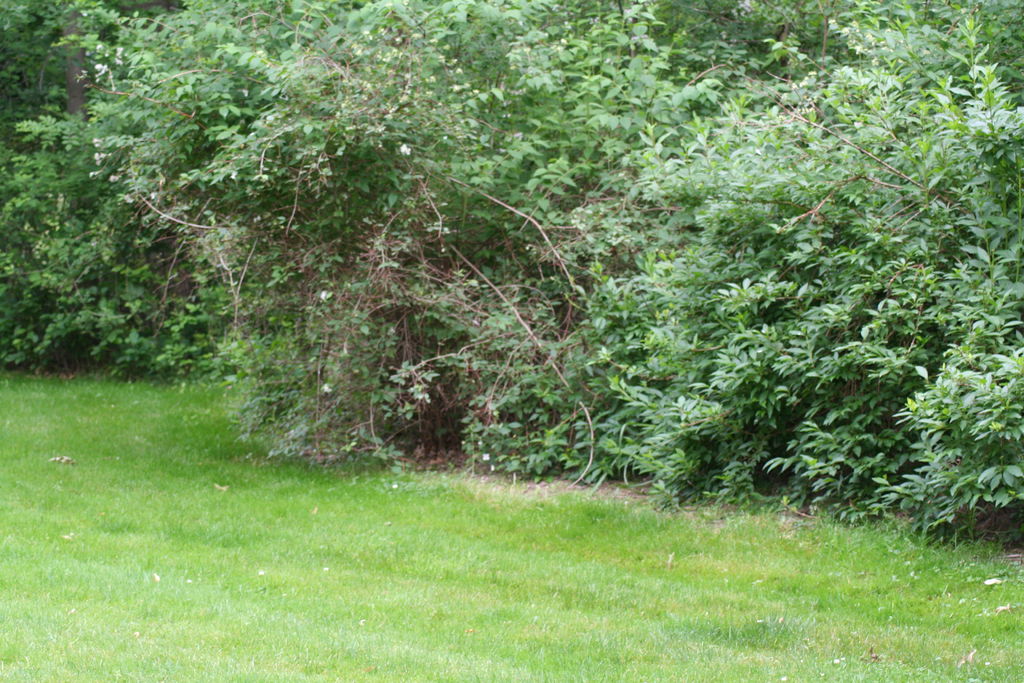
Different animals make their homes in different places, so keeping a natural variety of shelter will invite different kinds of critters.
Bushy, overgrown areas like this are great for animals like rabbits and deer.
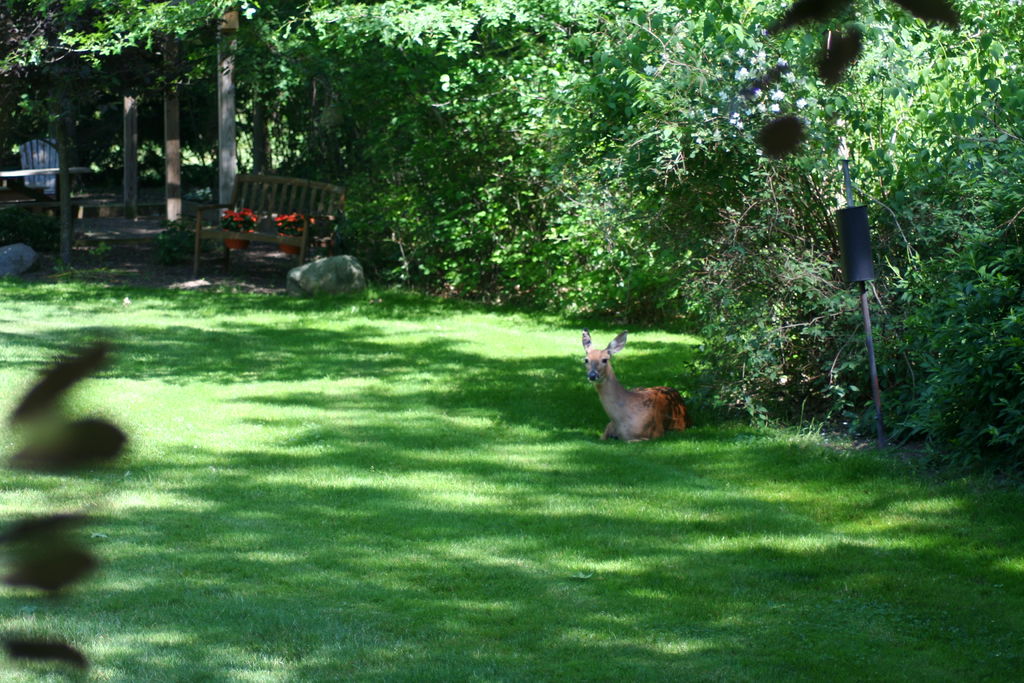
This deer, for example, can slip easily back into the bushes if she feels like she needs to hide. Simply having the option of cover makes her feel safe to hang out in truwebs' yard.
Birds love bushes, too, and will frequently build nests deep within them. So if you enjoy seeing an array of lovely birds fly through your yard, don't over-manicure that brush!
Step 2: Provide Unexpected Safe Havens
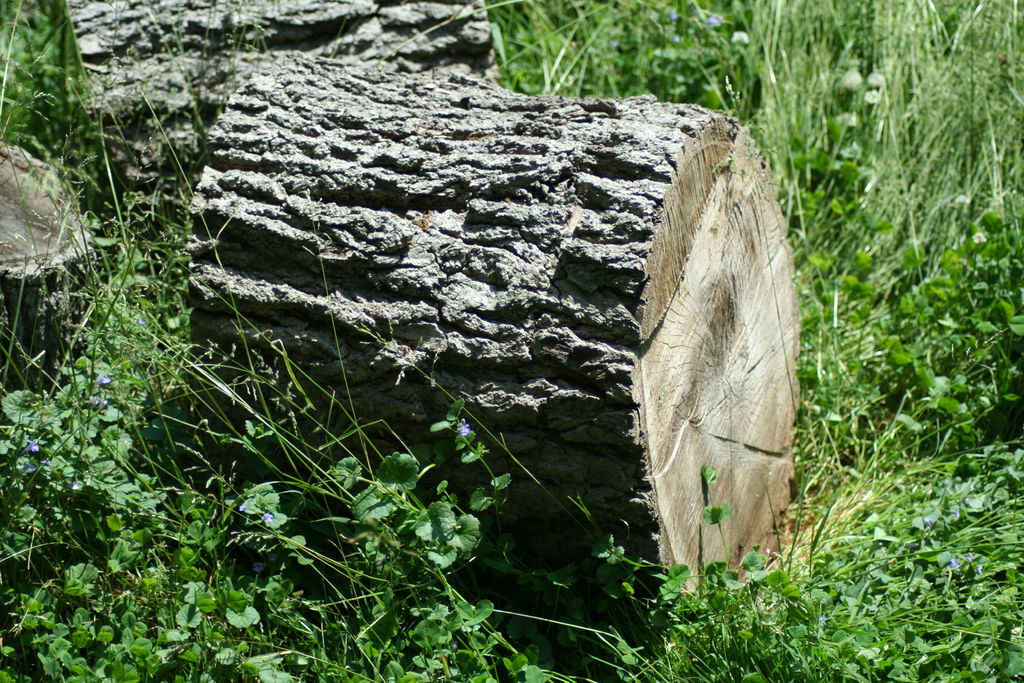
Even something as simple as a log like this can provide a home for all kinds of animals, mainly worms and insects, which in turn serve as food for other animals like birds.
The more kinds of animals you have, the healthier your yard actually is. It's all about biodiversity!
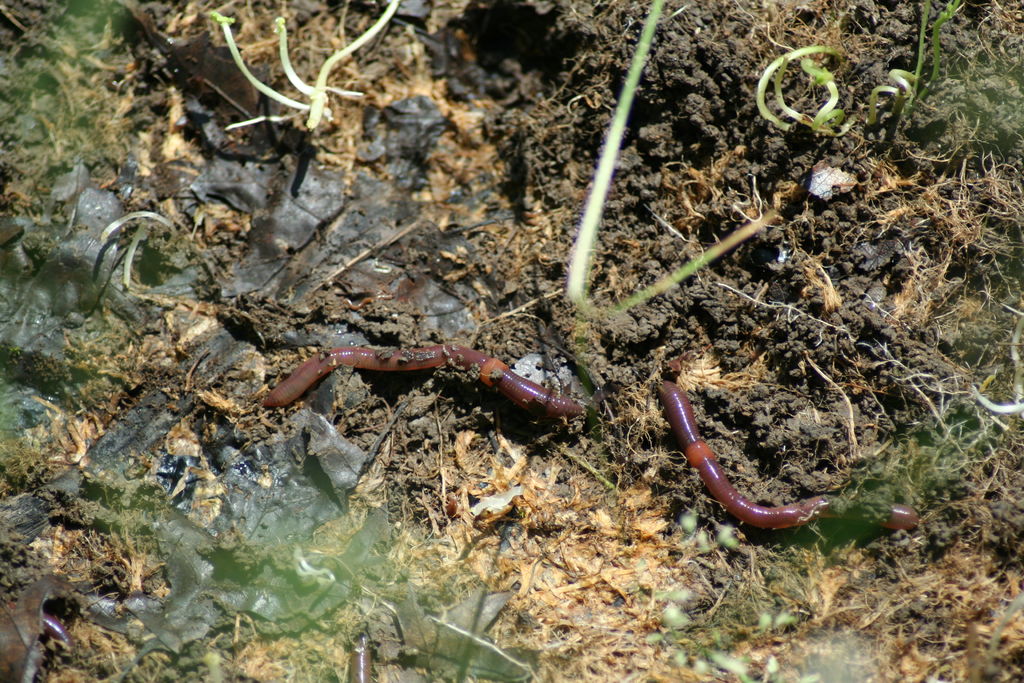
You might not like the look of them, but they mean your yard is healthy!
Earthworms like these create nourishing soil for flowers, grasses, and vegetables, and other bugs serve as food for other animals.
Some bugs even serve as pest control, such as ladybugs, which eat aphids. And bees provide pollination services that let plants grow and thrive.
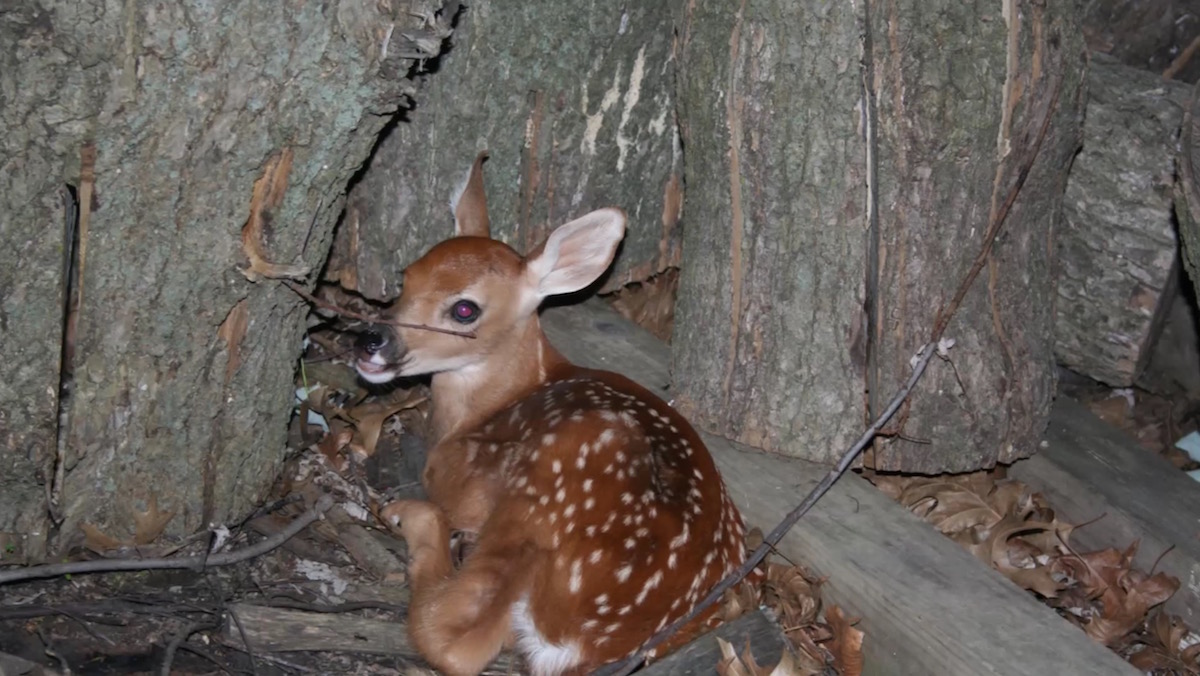
But logs also attract some unexpected guests. Truwebs found this tiny fawn hiding in his log pile.
Evidently, the fawn's mother felt it was a safe enough place to leave her baby while she foraged for food.
Step 3: Provide Food
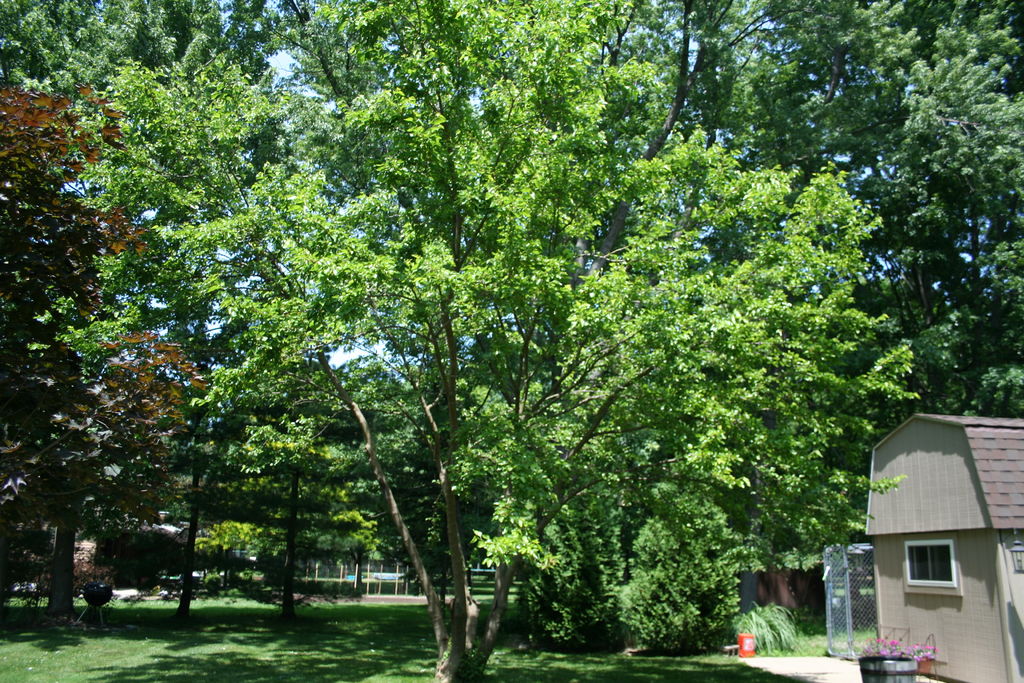
The other key to making your yard a great hangout space is to provide something to eat — just like if you were hosting humans!
Truwebs' yard has a mulberry tree, which can also be enjoyed by humans.

As can raspberries.
Of course, if you're looking to eat your garden's bounty yourself, consider planting strategically to prevent your crops from getting eaten, and providing snacks in other sections of the yard.
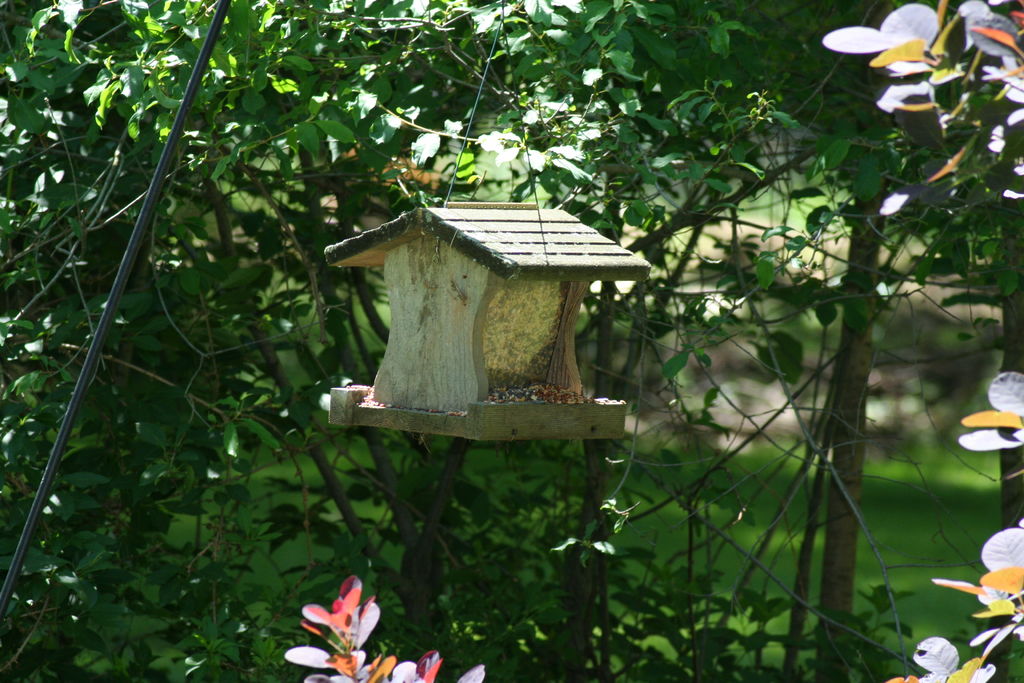
If you don't have room for fruit trees or bushes, a classic bird feeder is also a great way to encourage animal friends over for a visit.
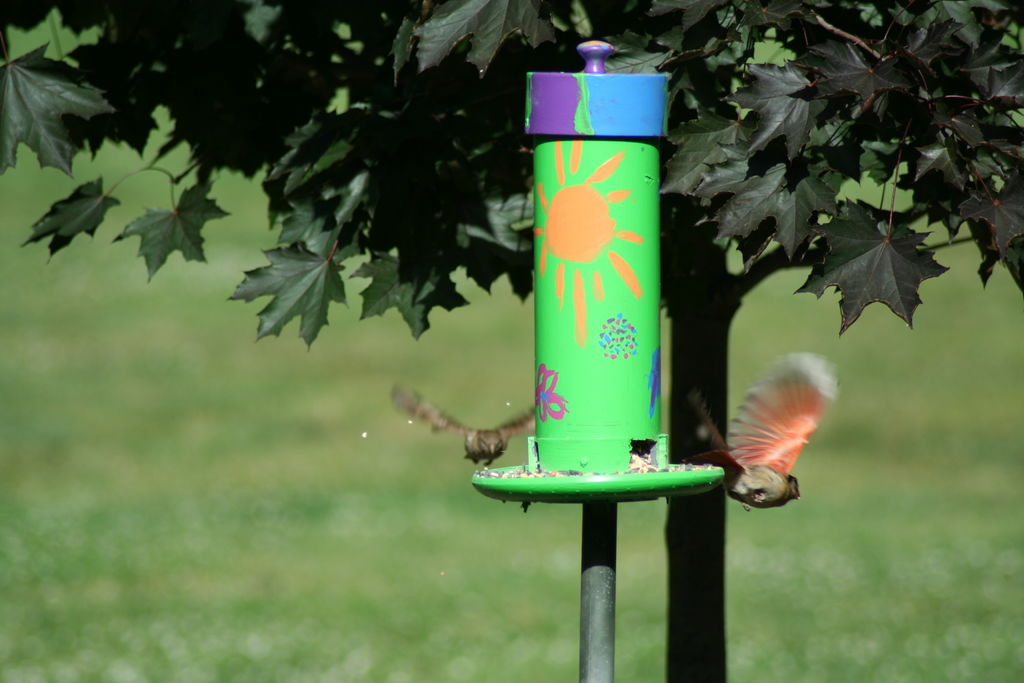
You can even DIY your own, like truwebs did, using a PVC pipe section and an old Frisbee.
Step 4: Provide Water
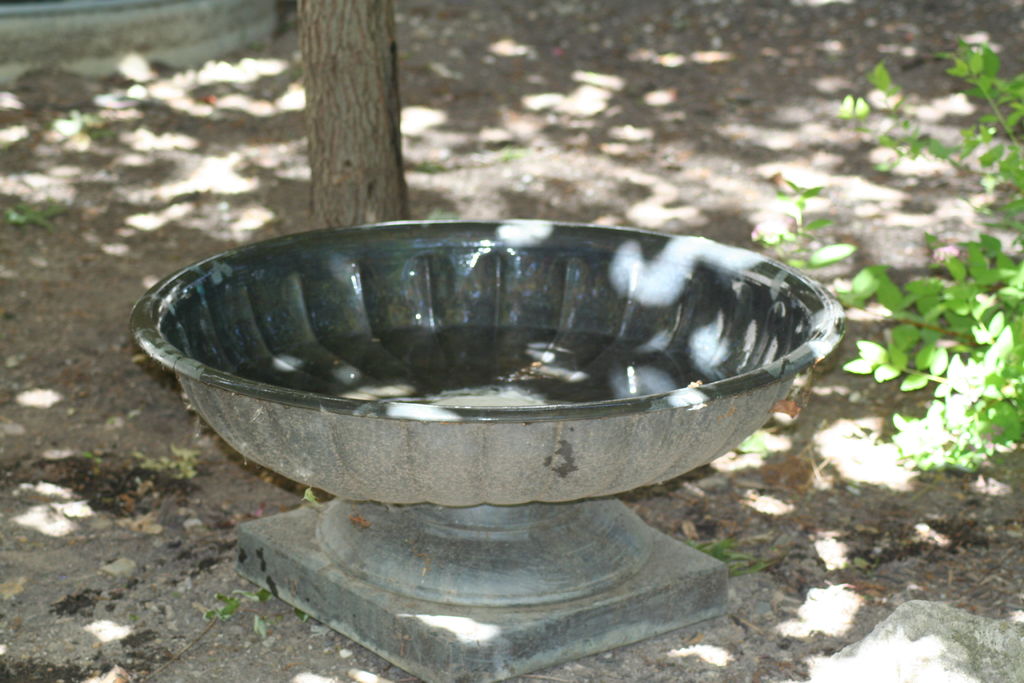
And if you're offering snacks, you should of course offer a beverage, as well.
A birdbath is a great way to provide water to all kinds of creatures. If you have the space to get fancy, you can also look into fountains or reflecting pools.
Just be sure to change the water and clean the basin frequently, as birdbaths and other standing bodies of water are breeding grounds for mosquitoes.
Step 5: Plant Wildflowers
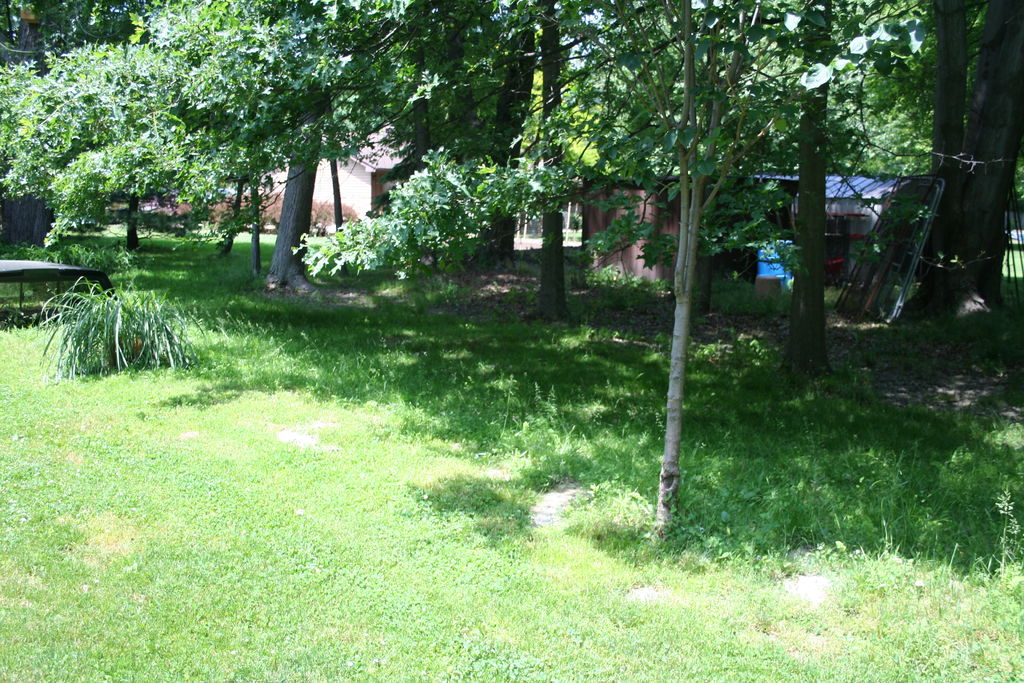
Lawns are great for picnics, playing, and lounging, but they're not great when it comes to making a functioning habitat.
That's because they're manicured and only made up of one or a handful of different species of plants.
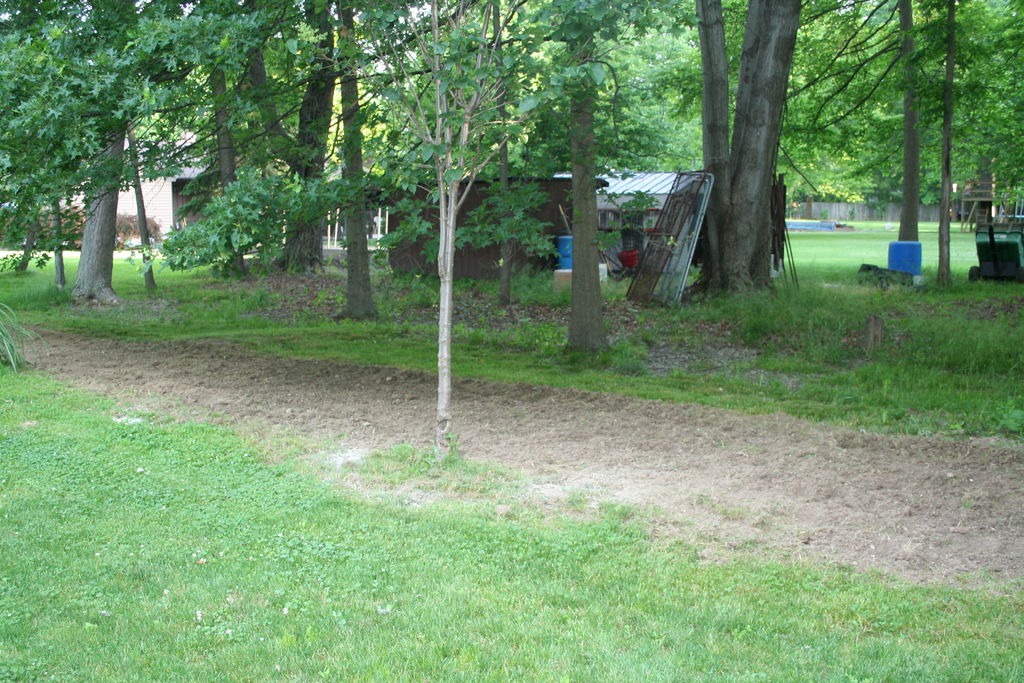
Truwebs suggests leaving some areas of your yard, namely the less trafficked-by-humans areas, natural.
By leaving them alone, they'll become full of wild grasses and flowers, adding some color for you to appreciate and some food for all kinds of creatures. Plus, it's low-maintenance!
Or, you can pick up some wildflower mixes from your local gardening store.
Biodiversity!
Step 6: Offer Some Free Housing

If you really want to see some animal friends, turn your home into theirs — within reason, of course.
Installing birdhouses, bat houses (like the one above with an apt decoration), and even bee houses, you'll get a thriving little community in no time.
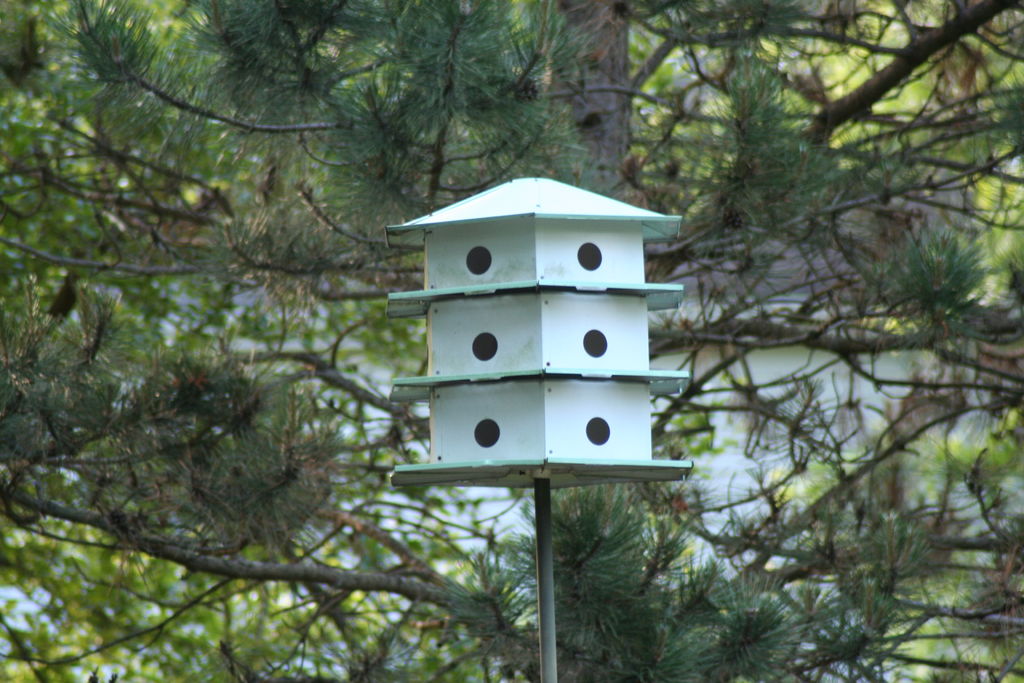
Different animals prefer different houses, of course. Depending on the wildlife in your area, you may find certain styles and placements more or less ideal.
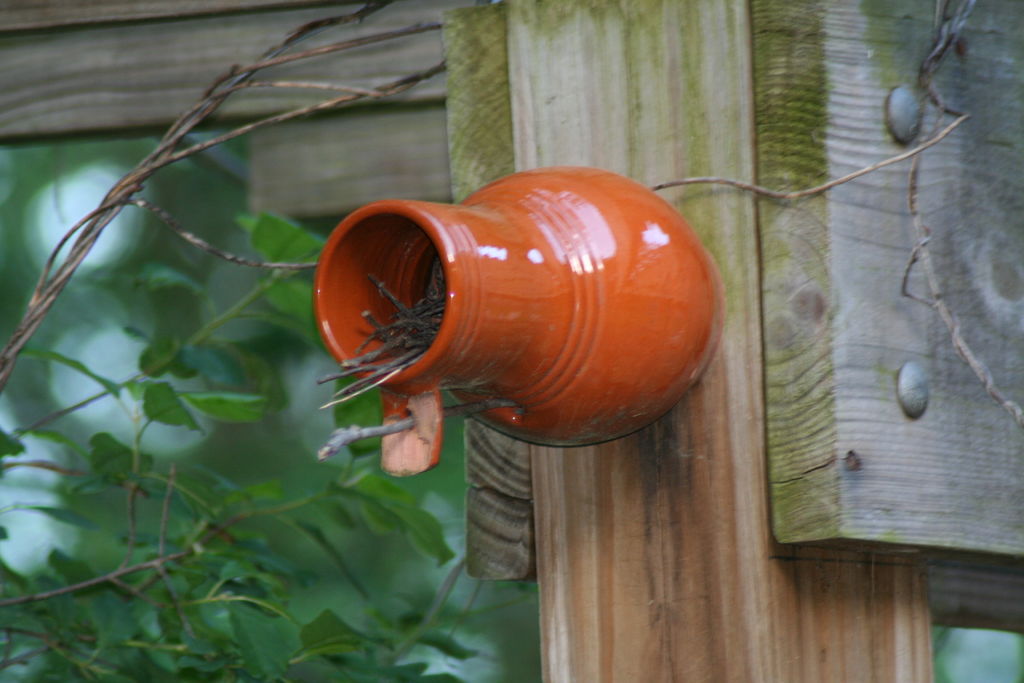
Do a little research into the kinds of places that animals in your area like, and see if you can install a house accordingly.
For the most part, an animal, especially one raising babies, will want a safe, enclosed space far away from a lot of activity.
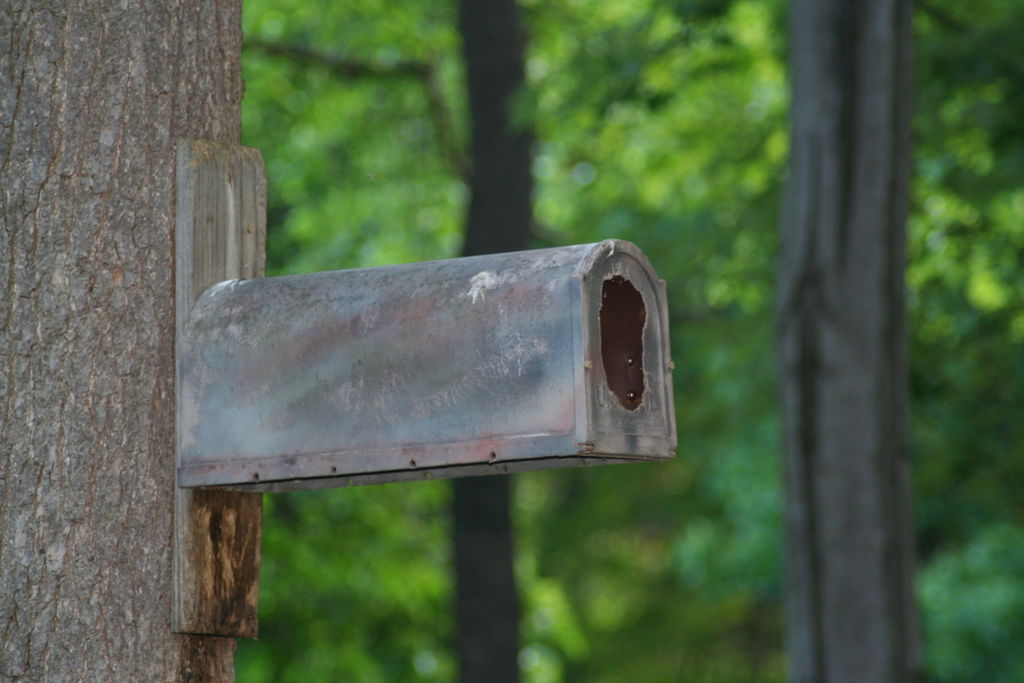
And you don't even need to get really fancy. An old mailbox nailed to a tree makes a great house. Truwebs sees squirrels and mice use this abode year after year.
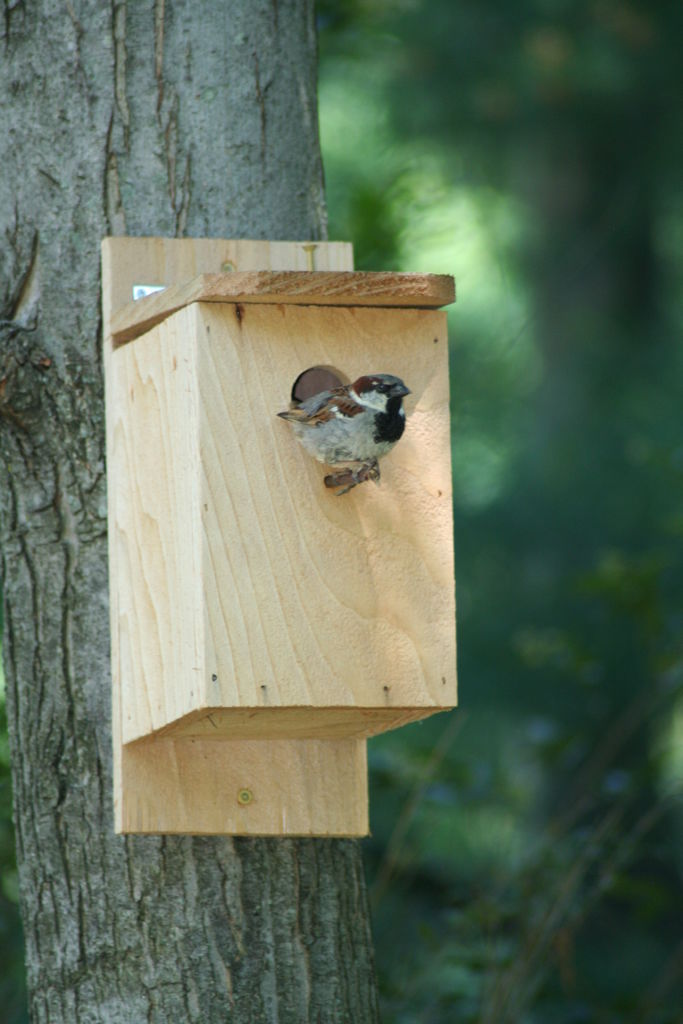
And while you won't see what's going on inside, you'll get to see your new neighbors as they come and go.
To keep your own space safe and critter-free, place any animal homes at a good distance from your house.
Step 7: Enjoy The Wildlife!

Since implementing these features, truwebs has started seeing an increase in all kinds of animals, and the key to making them feel really at home? Give them space and be respectful.
He's seen everything from very small ones like this butterfly…
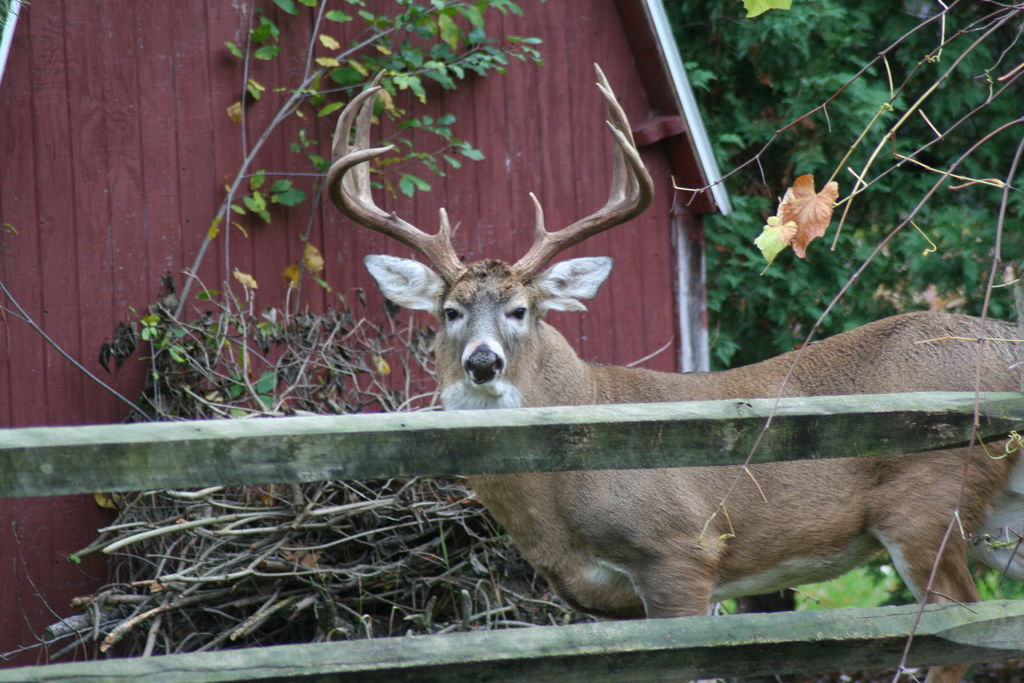
…to big guys like this!
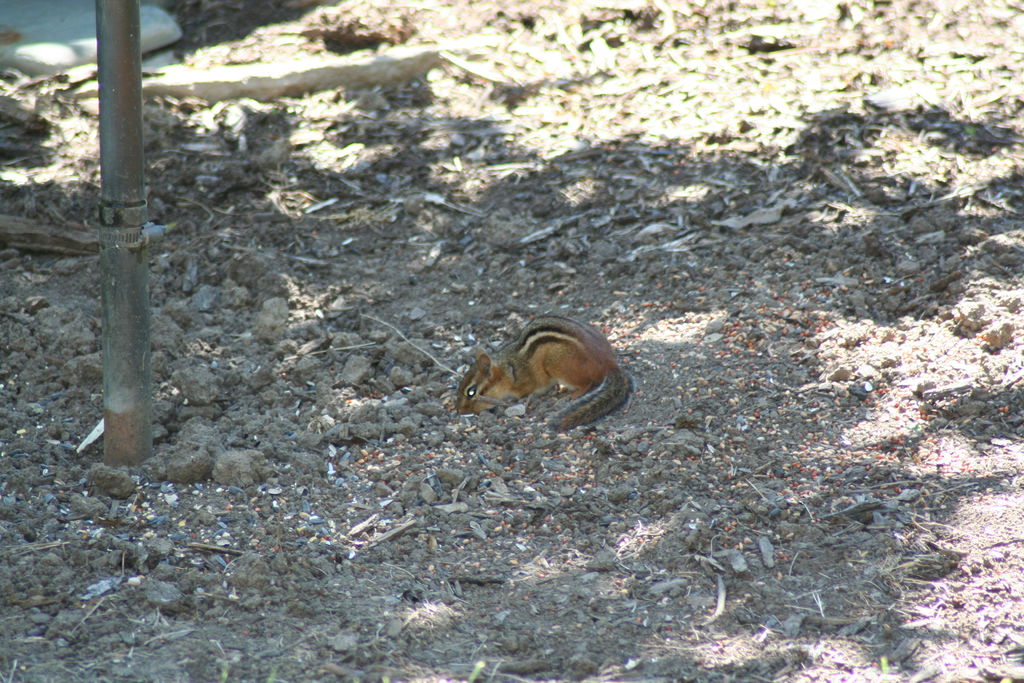
Spilled seeds from a bird feeder are quickly taken care of by these little dudes.
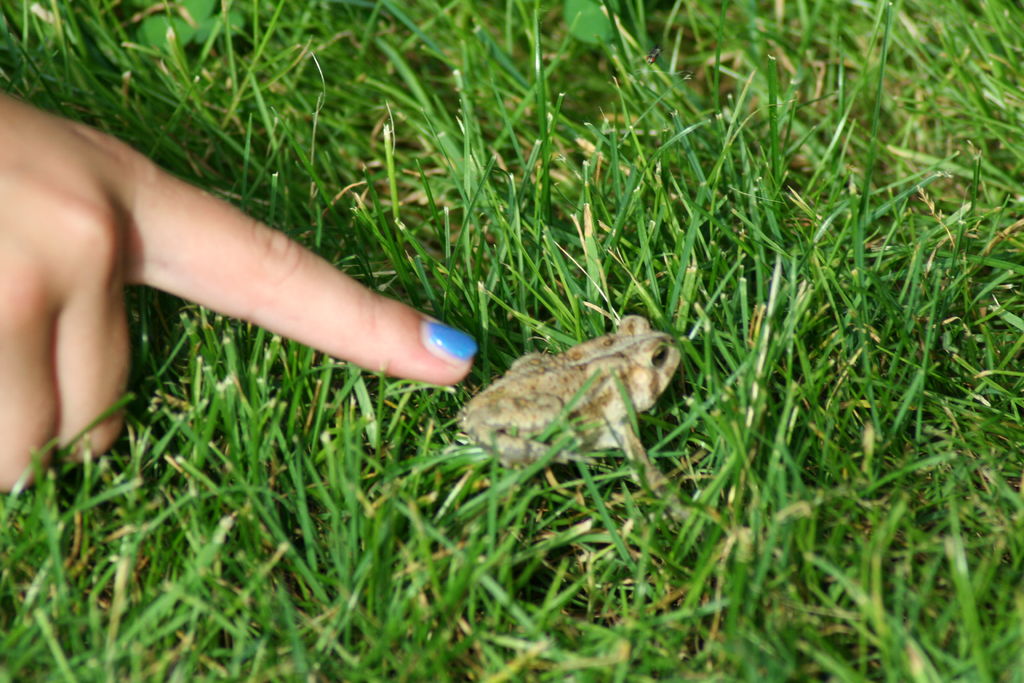
And sometimes you get some unexpected guests, too. These little toads showed up in truwebs' yard for the first time this summer, and the family has been enjoying watching them grow.
Truwebs also found an extra-sweet surprise one day when it was discovered a baby deer had been tucked away in the wood pile. That's how comfortable they felt in this beautiful yard!
Naturally, all yards are different, so consider your own needs before making any changes, and consult with a professional if you need to.
And of course, if you see an animal behaving strangely in any way, call animal control.
SHARE these simple steps for creating a space animals and humans can both enjoy, and let us know in the comments what kinds of critters like to visit you!


